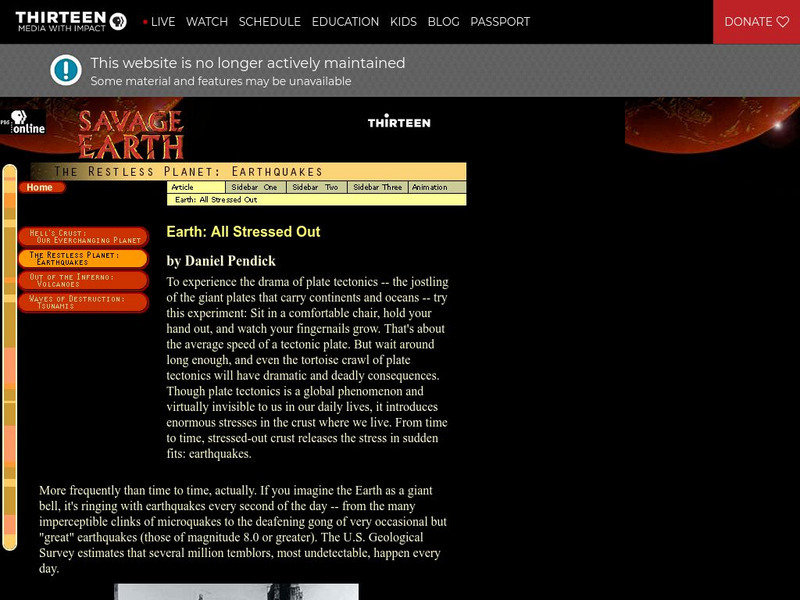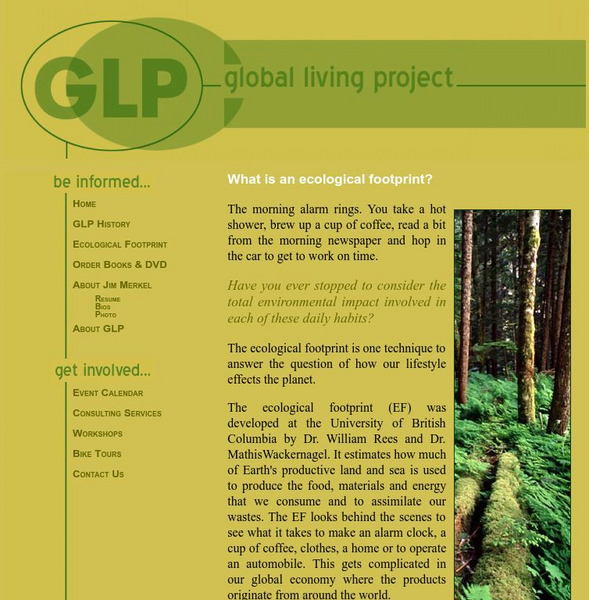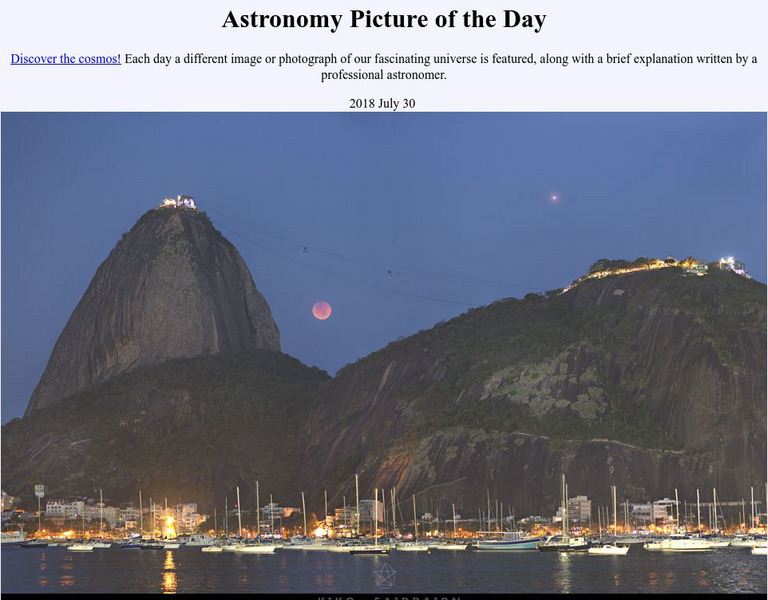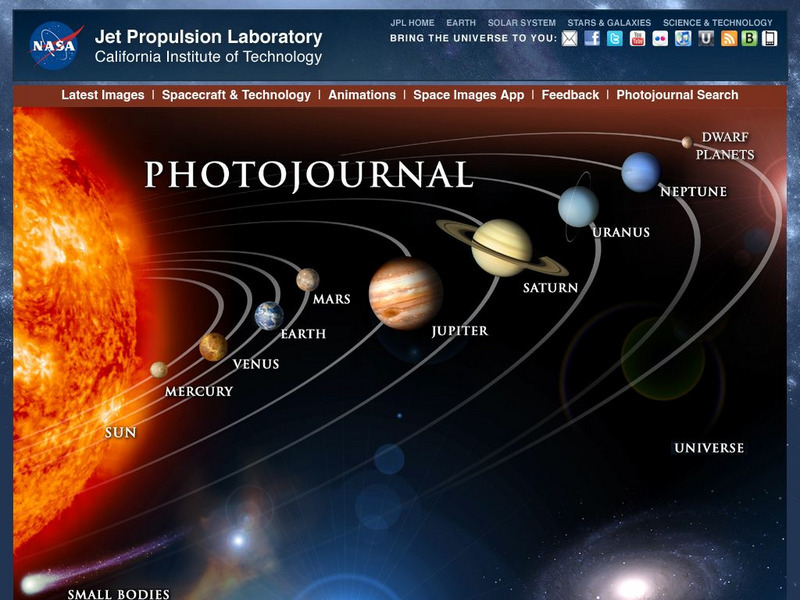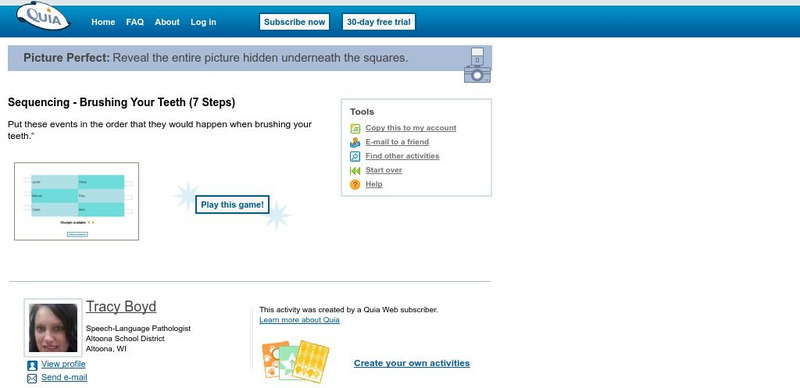Hi, what do you want to do?
PBS
Wnet: Thirteen: Savage Earth: The Restless Planet Earthquakes
Discussion of liquefaction and landslides which are two of the many effects of earthquakes.
Rice University
Rice University: Museums Teaching Planet Earth: What Is the Hydrosphere?
Focus is on the hydrosphere and contains the definition as well as characteristics of the ocean and the effect of the ocean on climate.
Cool Math
Coolmath: Science Monster: Our Moon
Read about our planet's only satellite, better known as the moon in this colorful, illustrated tutorial.
Other
The Ptolemaic Model of the Planetary System
An easy-to-read description and history of Ptolemy's geocentric model of the universe. Geocentric means that Ptolemy believed the Earth was the center of the universe.
Other
All (Known) Bodies in Our Solar System Larger Than 200 Miles in Diameter
How big is the Earth compared to the Sun? Is Mars bigger than the Moon? Seeing all bodies in the solar system larger than 200 miles in diameter side by side provides an excellent comparison and an interesting perspective.
NASA
Nasa: Students K 4
NASA-sponsored coverage and research on a range of topics related to space exploration -- flying weather stations, comets, first steps on the Moon, and other space-related topics -- are presented in age-appropriate activities, lesson...
PBS
Pbs: Origins: Where Are the Aliens?
Was there ever life on another planet? Could there be life on another planet again? What makes the Earth support life? This article investigates these questions in depth.
Cool Math
Coolmath: Science Monster: Mercury
A cool fact sheet about Mercury including a place for students to enter their weight on Earth to convert it to what it would be on Mercury.
American Geosciences Institute
American Geosciences Institute: Slideshows for the Series: Water and the Environment
This page contains a collection of PowerPoint slideshows that explore water. Learn why water is important, why Earth is called the water planet, the parts of the water cycle, and the importance of water quality.
Cool Math
Coolmath: Science Monster: Uranus
A cool fact sheet about Uranus including a place for students to enter their weight on Earth to convert it to what it would be on Uranus.
Cool Math
Coolmath: Science Monster: Saturn
A cool fact sheet about Saturn including a place for students to enter their weight on Earth to convert it to what it would be on Saturn.
Cool Math
Coolmath: Science Monster: Neptune
A cool fact sheet about Neptune including a place for students to enter their weight on Earth to convert it to what it would be on Neptune.
Cool Math
Coolmath: Science Monster: Jupiter
A cool fact sheet about Jupiter including a place for students to enter their weight on Earth to convert it to what it would be on Jupiter.
CK-12 Foundation
Ck 12: Physics Simulation: Field Lines
[Free Registration/Login Required] Understand the size and shape of the Earth's magnetic fields, explore the magnetic fields of other planets using this interactive simulation. A PDF worksheet and a video tutorial are also available. [2:35]
Cool Math
Coolmath: Science Monster: Pluto
A cool fact sheet about Pluto including a place for students to enter their weight on Earth to convert it to what it would be on Pluto.
NASA
Nasa: Nasa's Carl Sagan Fellows to Study Extraterrestrial Worlds
NASA announces the new Carl Sagan Postdoctoral Fellowships in Exoplanet Exploration, created to inspire the next generation of explorers seeking to learn more about planets, and possibly life, around other stars.
Other
Glp: What Is an Ecological Footprint
The morning alarm rings. You take a hot shower, brew up a cup of coffee, read a bit from the morning newspaper and hop in the car to get to work on time. Have you ever stopped to consider the total environmental impact involved in each...
National Earth Science Teachers Association
Windows to the Universe: Our Solar System
Our solar system is filled with a wide assortment of celestial bodies - the Sun itself, our eight planets, dwarf planets, and asteroids - and on Earth, life itself! The inner solar system is occasionally visited by comets that loop in...
NASA
Nasa: Astronomy Picture of the Day:
A different image is featured each day along with descriptive narrative. NASA offers different and sometimes unexpected views of our Earth and the universe.
NASA
Nasa Space Science Data Archive: Neptune Fact Sheet
Resource has text information to compare Neptune with Earth. Includes Neptune observational data, orbital data, magnetosphere, and atmosphere. Also contains an image of Neptune that can be enlarged.
NASA
Nasa: Planetary Photojournal
This NASA site provides access to publicly released images from various Solar System exploration programs.
Instituto Latinoamericano de la Comunicacion Educativa
La Ciencia Para Todos: Ciencias De La Tierra
In this site you will find several topics about our planet Earth: remote perception from space, earthquakes and the structure, age and composition of our planet Earth.
University of Utah
University of Utah: Aspire: Atmosphere
Read an informational text comparing the atmosphere of Earth and other planets and then answer six review questions. Check your answers when finished.
Quia
Quia: Brushing Your Teeth
This site gives you opportunities to practice putting the planets in the correct order from the sun. Press "Click here to begin" to get started.





